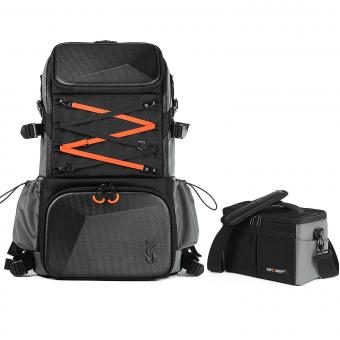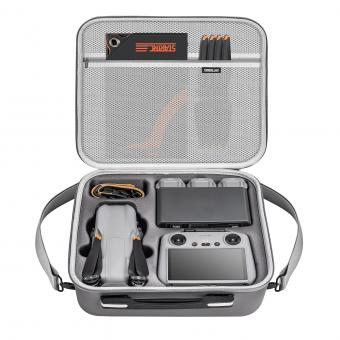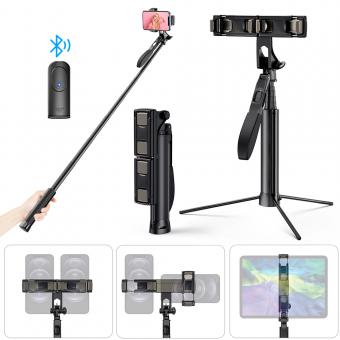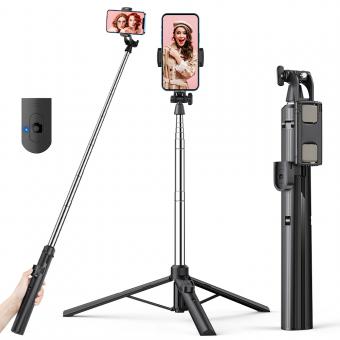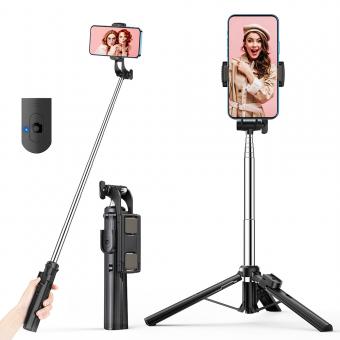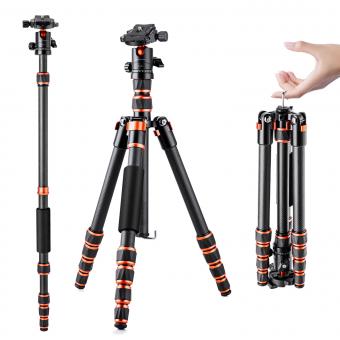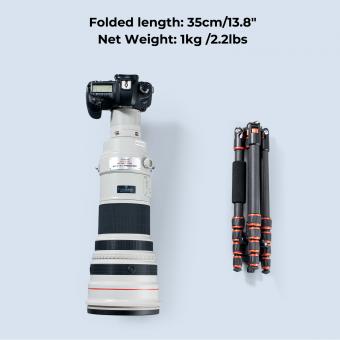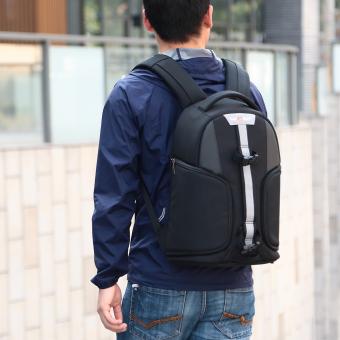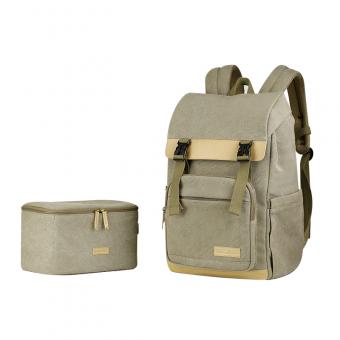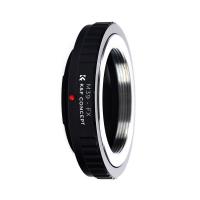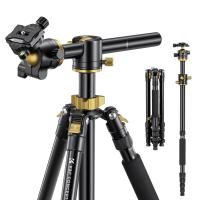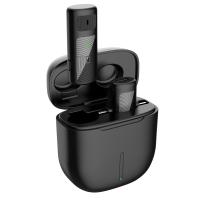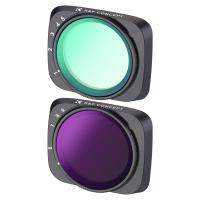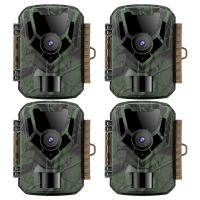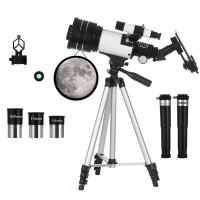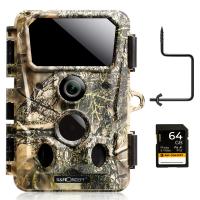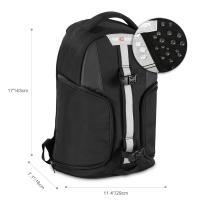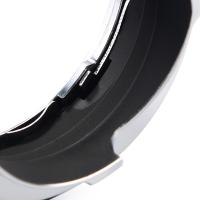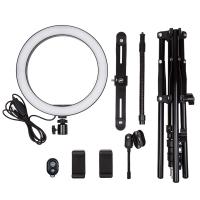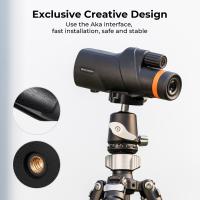Travel Tripod That Can Go Low?
Traveling often involves capturing moments that hold immense value. Whether it's landscapes, portraits, or detailed close-ups, a reliable tripod is an essential piece of equipment for serious photographers and videographers alike. A travel tripod that can go low offers immense versatility, allowing for unique angles and perspectives that might be challenging or even impossible to achieve handheld. In this article, we’ll explore the features to look for in such a tripod, how to choose the right one for varied needs, and practical tips on using it effectively.
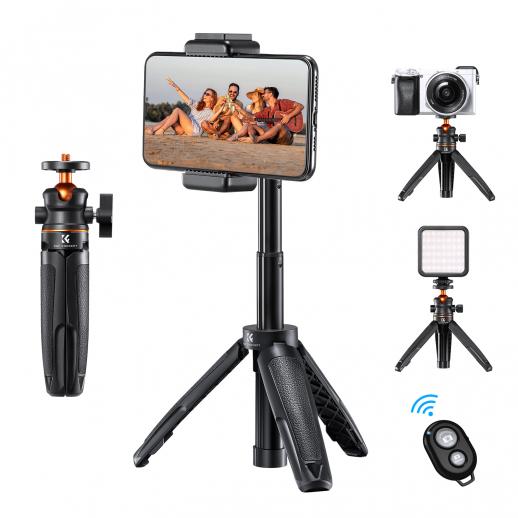
Why a Low-Position Capability Matters in a Travel Tripod
The ability to get low to the ground opens up numerous creative opportunities. Here are a few reasons why having a low-position capability matters:
1. Creative Angles: Getting low can help in capturing more dramatic angles, making photos more engaging. For instance, photographing flora and fauna from ground level can provide a unique, intimate viewpoint.
2. Stability on Uneven Terrain: Low positioning often means better stability, especially on uneven surfaces like rocks or slopes.
3. Macro Photography: For those interested in macro shots of plants, insects, or small objects, a tripod that can go low is indispensable.
4. Reduced Vibrations: Shooting at low angles can also help in reducing vibrations caused by wind or camera shutter, which is particularly useful for longer exposures.
Key Features to Look For
When choosing a travel tripod that can go low, consider the following attributes:
1. Compactness and Portability: Since it's a travel tripod, it needs to be lightweight and easy to carry. Look for models made from carbon fiber or aluminum to balance weight and durability.
2. Adjustable Leg Angles: The tripod should have legs that can be independently adjusted to extreme angles. This will allow the tripod to spread out wider and sit closer to the ground.
3. Reversible Center Column: Many modern tripods offer a reversible center column feature, which allows the camera to be inverted for a ground-level perspective. This is particularly useful for macro photography.
4. Low Minimum Height: Check the specified minimum height the tripod can achieve. The lower it can go, the more versatile it will be for creative low-angle shots.
5. Sturdy Ball Head: A good ball head with smooth operation is essential for ease of use and stability, helping to maintain the desired angle without slippage.
Top Travel Tripods that Can Go Low
Below are a few recommendable options that have been recognized for their ability to get close to the ground, portability, and overall functionality:
1. Peak Design Travel Tripod: Known for its compact design, it folds down tightly and extends up reasonably tall. Its legs can be spread wide, and it has a low minimum height, making it incredibly versatile. The head system is also smooth and reliable.
2. Manfrotto Befree Advanced: This is a favorite among many travel photographers due to its blend of portability and robustness. The legs can be splayed out, and the center column can be inverted for ground-level shots.
3. Gitzo Series 1 Traveler: Although on the premium side, Gitzo tripods offer unmatched stability and build quality. The Series 1 Traveler's legs can spread to a very low angle, and its compact size makes it excellent for travel.
4. Joby GorillaPod: For those who need ultralight and versatile tripods, the GorillaPod offers flexibility like no other. It can be wrapped around trees, poles, and most importantly, sits extremely low for those creative perspectives.
Practical Tips for Using a Low-Position Tripod
Even with the best tripod, understanding how to use it effectively can make a significant difference in your results. Here are some practical tips:
1. Stabilize Your Setup: Lowering the tripod often means it’s more stable due to a wider base. Make sure your legs are fully spread and locked to prevent any movement.
2. Use a Remote Shutter or Timer: To avoid any shake caused by pressing the shutter button, use a remote shutter release or your camera's timer function. This is crucial for sharp images, especially in low-light conditions.
3. Mind the Ground: Ensure the ground is stable and won’t shift. For soft terrains like mud or sand, stabilize your tripod by pushing the legs in slightly.
4. Compose Your Shots: Take your time to compose your shots carefully. Low-angle photography often requires meticulous adjustment and creativity to get the best results.
5. Check Your Gear Beforehand: Regularly check your tripod for any loose screws or joints, particularly if it’s been through rough conditions like salty environments or dusty trails.
A travel tripod that can go low is more than just a tool; it's a gateway to creative and impactful photography. When equipped with the right tripod, you can explore new perspectives and achieve shots that stand out. The key is to find a balance between portability and functionality, ensuring it meets your specific needs. Whether you’re capturing the intricate details of a dew-laden spider web or seeking to frame a majestic mountain range from a unique angle, the right tripod can make all the difference.
Investing in a good travel tripod with low-position capability can elevate your photography and videography to new heights—or rather, new lows!

